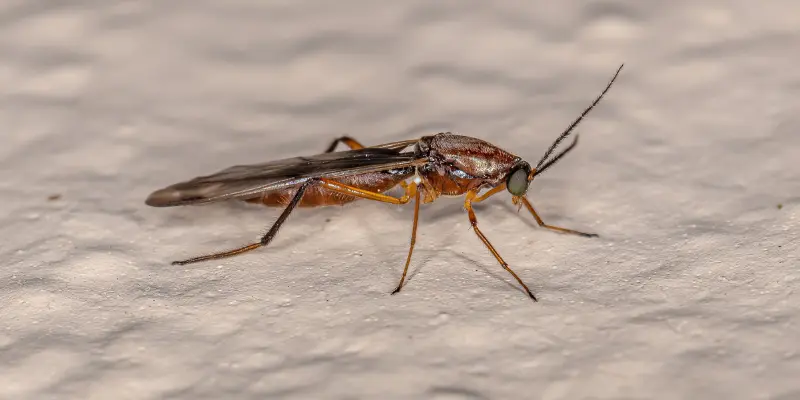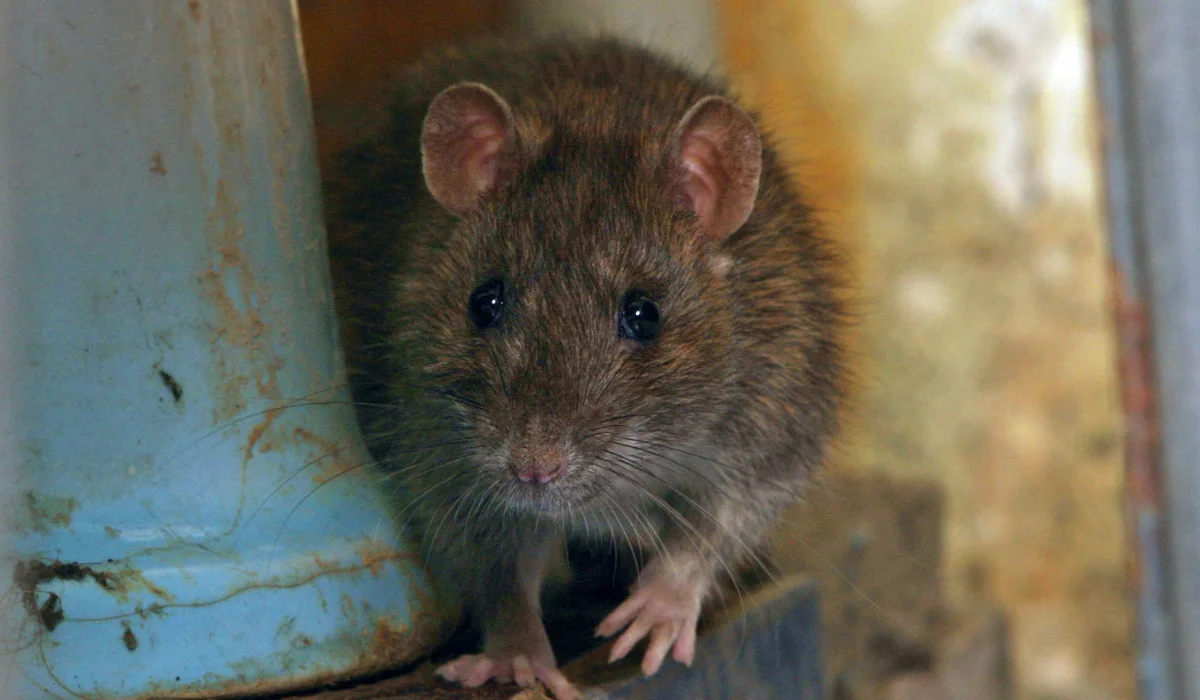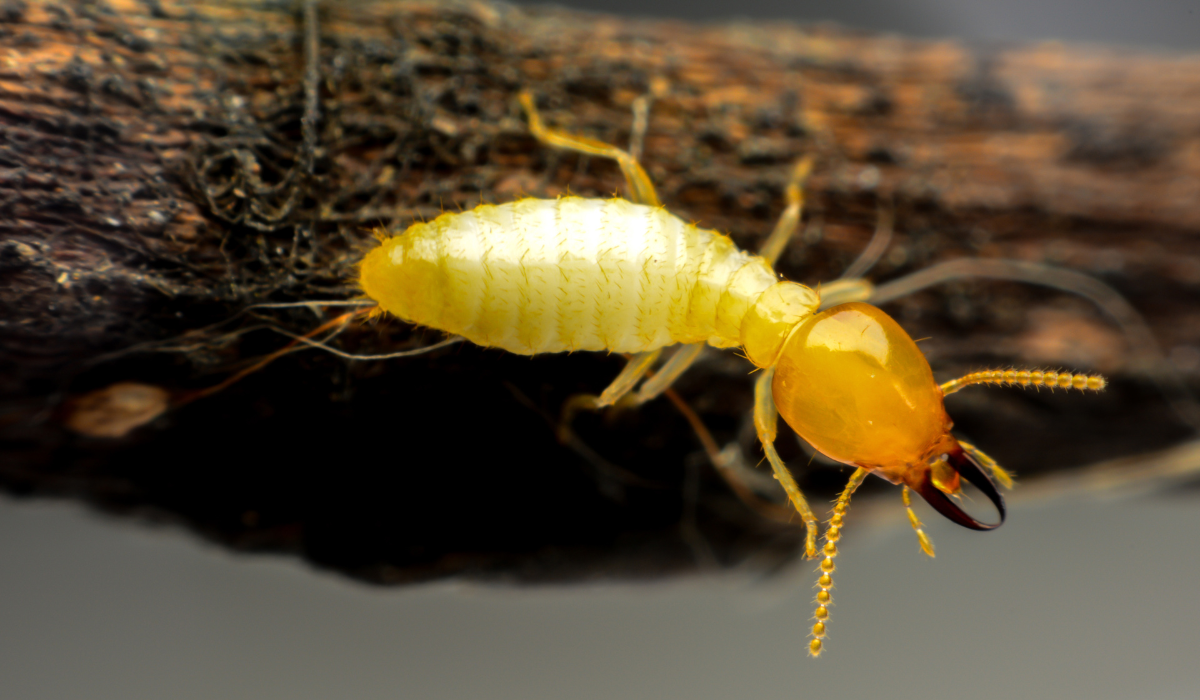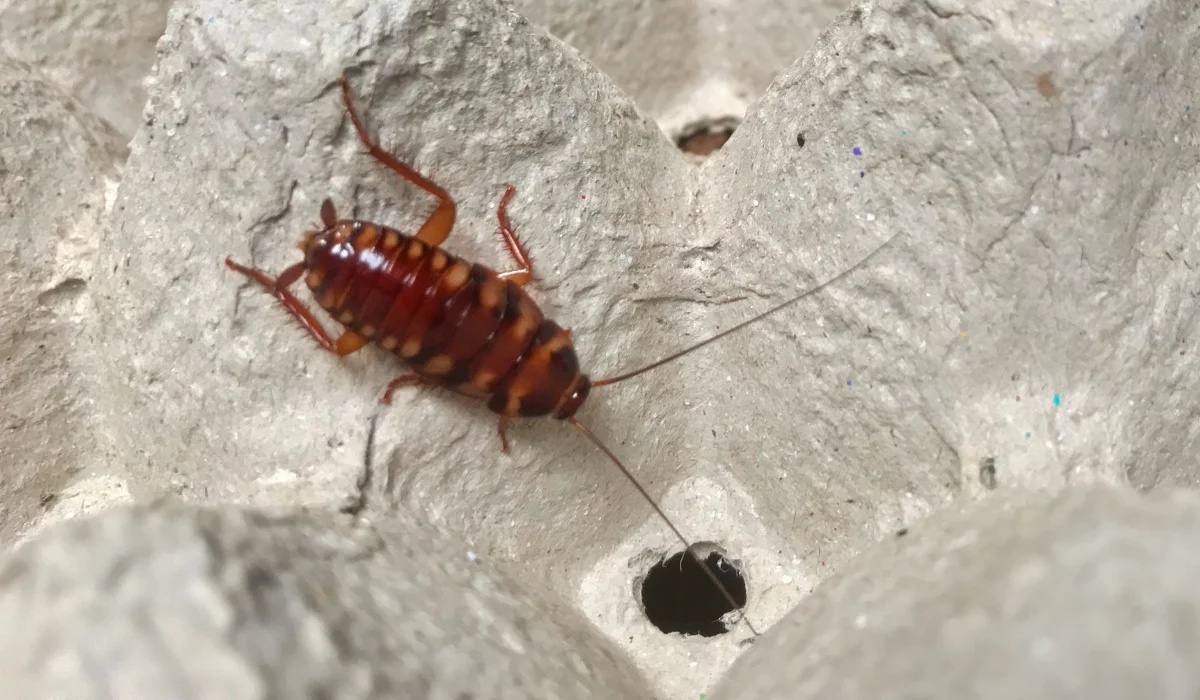Tiny but troublesome, no-see-ums and bed bugs pack a big punch. No-see-ums, or biting midges, zoom around water bodies at dawn and dusk, leaving itchy red marks with their bites.
On the other hand, bed bugs are night-time ninjas hiding in mattresses and furniture crevices, causing skin irritations and allergies. Both pests are stealthy but have different hangouts and habits.
Curious about how our bed bug experts in Slidell tackle these pesky invaders effectively? Keep reading to learn the nifty details and clever strategies to manage these minuscule yet mighty nuisances.
Key Takeaways
- No-see-ums are tiny insects known for causing disproportionately irritating bites and thrive in moist environments.
- Bed bugs are small, reddish-brown, blood-feeding pests infesting areas by hitching rides on luggage and clothing.
- The main differences between no-see-ums and bed bugs include size, color, and the presence of wings.
- Preventing infestations of these pests involves installing fine mesh screens, using protective bedding, decluttering, and selecting effective insect repellents.
- Professional pest control is recommended for severe or persistent infestations, which involves detailed steps from initial assessment to post-treatment follow-ups.
WHAT ARE NO-SEE-UMS?
No-see-ums, also known as biting midges, sand flies, or biting gnats, are tiny pests that cause irritating and out-of-proportion bites to their minuscule size.
Identifying No-See-Ums
Here are the key features to look for when identifying no-see-ums:
| Aspects | Description |
|---|---|
| Size | Often no larger than the head of a pin (1-4 mm) |
| Color | Light gray to black |
| Wings | Translucent with sparse hairs |
| Eyes | Large and iridescent, taking up a significant portion of the head |
Habitats and Behaviors
No-see-ums thrive in specific environments and exhibit unique behavioral patterns.
Understanding these can help manage and avoid infestations, especially in notorious areas like Louisiana and Florida.
Where do no-see-ums live?
- Moisture-laden Areas: Provide optimal breeding conditions for no-see-ums.
- Breeding Grounds: Common breeding grounds include mud, wet sand, and decaying vegetation.
What time are no-see-ums most active?
- Dawn and Dusk: Most active during the twilight hours.
- Seasonal Activity: During the warmer months.
No-see-ums lifecycle
- Lifespan: Generally live from two to seven weeks.
- Lifecycle: Four stages include eggs, larvae, pupae, and adults.
WHAT ARE BED BUGS?
Bed bugs are small, elusive insects that feed on human blood, often leaving itchy bite marks.
They can cause considerable distress to homeowners like you due to their persistent presence once they establish an infestation.
Identifying Bed Bugs
Bed bugs have a distinctive appearance that can aid in their identification:
| Aspects | Description |
|---|---|
| Color | Typically reddish-brown, gaining a reddish hue after feeding on a blood meal |
| Shape | Oval and flat |
| Size | About the size of an apple seed (5-7 mm) |
| Features | Small, stubby antenna with six legs; lack wings |
Common Habitats and Spread
Bed bugs are notorious for their ability to hitch rides and infest new areas, progressing through several life stages:
- Life Stages: Bed bugs begin as tiny, white eggs before maturing into nymphs (juveniles) and eventually adults.
- Mode of Transportation: These pests commonly travel via luggage, furniture, and clothing, exploiting the mobility of their human hosts to spread to new locations.
- Thriving Locations: They are not specific to any one environment as long as they have access to a human host. Common infestation sites include homes, hotels, shelters, and dormitories.
NO-SEE-UMS VS. BED BUGS
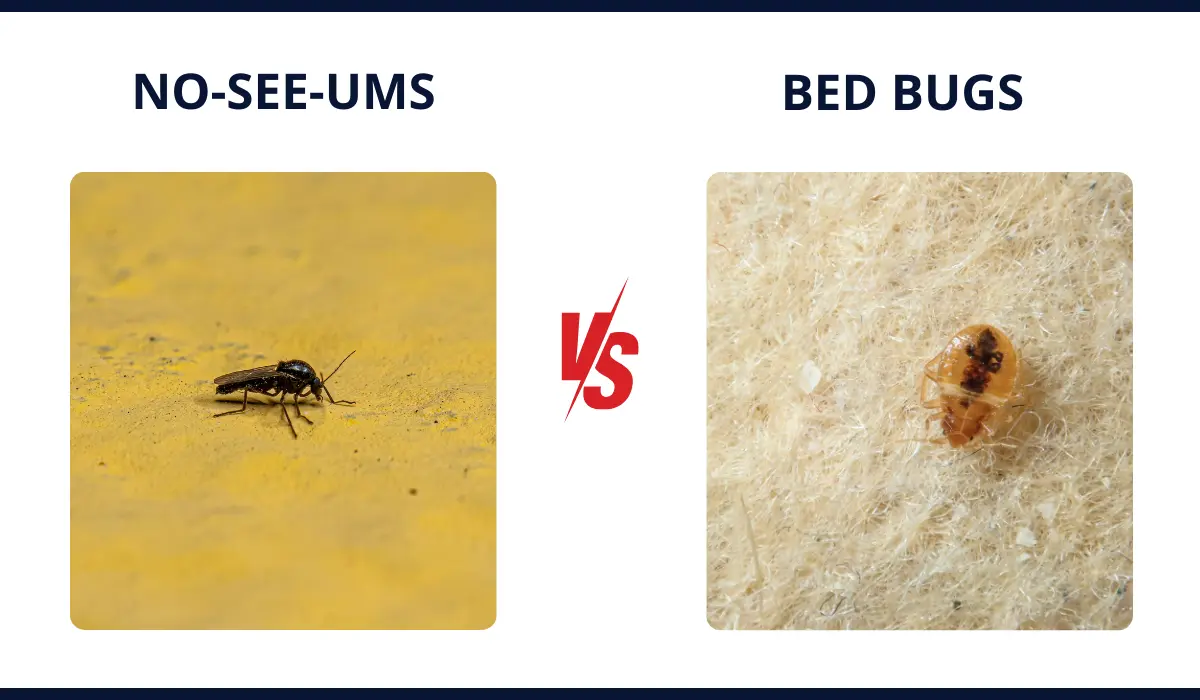
Here’s a closer look at the physical differences between no-see-ums and bed bugs to help you better identify these pests:
| Feature | No-See-Ums | Bed Bugs |
|---|---|---|
| Size | Very tiny, typically 1-3 mm in length | Larger, around 5-7 mm in length |
| Color | Usually light gray to black | Reddish-brown to dark brown |
| Wings | Have wings and are capable of flight | Do not have wings, cannot fly |
| Visibility | Difficult to see with the naked eye | Visible to the naked eye |
| Proboscis | Long proboscis for piercing skin and sucking blood | Shorter beak-like mouthpart for feeding on blood |
Biting Patterns
Entomologists say no-see-ums and bed bugs bite humans. Hence, knowing their biting patterns and health implications is crucial for effectively managing and treating their bites.
Here’s a guide to help you with the differences and similarities in their biting behavior and the resulting health effects:
| Aspect | No-See-Um Bites | Bed Bug Bites |
|---|---|---|
| Bite Appearance | Leaves itchy, red welts or dots | Causes itchy hives, often in a line or cluster |
| Feeding Time | Typically bite during dawn and dusk | Usually bite at night when the host is asleep |
| Bite Symptom Onset | Immediate itchy sensation after being bitten | Itchy sensations might take a few days to develop after the initial bite |
| Allergic Reaction | Some individuals may experience allergic reactions to bites | Allergic reactions can occur, ranging from mild to severe |
| Transmission | Do not transmit diseases to humans, but bites can be very itchy and annoying | Do not transmit diseases, but repeated bites can cause sleep disturbances |
| Treatment Recommendation | Over-the-counter antihistamines and anti-itch creams are commonly used | Dermatologist-prescribed remedies, anticoagulants, or antihistamines can help manage symptoms |
HOW TO PREVENT AND CONTROL NO-SEE-UMS AND BED BUGS
Effective prevention and control are vital to avoiding the nuisances and health risks of no-see-ums and bed bugs.
| Prevention Tips | Details |
|---|---|
| Install Window Screens | Fine mesh screens keep no-see-ums out. |
| Use Protective Bedding | Encase mattresses and pillows to deter bed bugs. |
| Declutter Living Spaces | Less clutter means fewer hiding spots for bed bugs. |
| Regularly Wash Bed Linens | Hot water washing eliminates potential no-see-ums and bed bugs. |
| Seal Cracks and Crevices | Deny entry for both pests by sealing off access points. |
| Essential Oil Diffusers (DIY) | Some oils may repel no-see-ums; not effective against bed bugs. |
IS IT TIME TO CALL THE EXPERTS?
When experiencing non-stop blisters or itchy welts, your humble abode has become a buffet for no-see-ums or bed bugs! It may be time to wave the white flag and call in pest control experts.
Whether you’re in New Orleans or Baton Rouge, seeking expert help should be easy. For immediate intervention for a severe infestation, let LaJaunie’s bed bug control specialists tailor a solution that’s right for your home.
For more information about the areas we service, visit our location page.
 By: LaJaunie's Pest Control
By: LaJaunie's Pest Control 